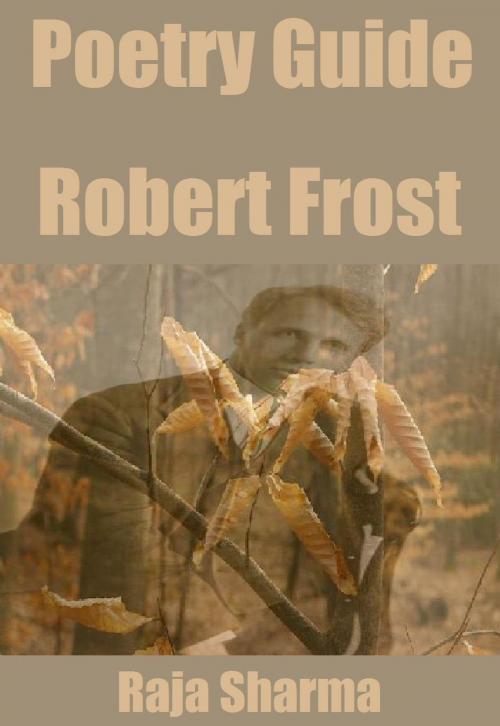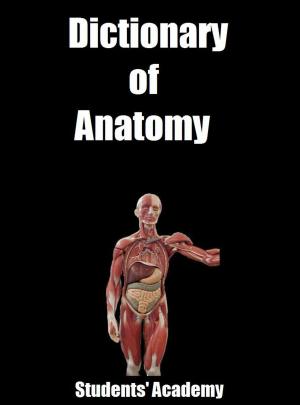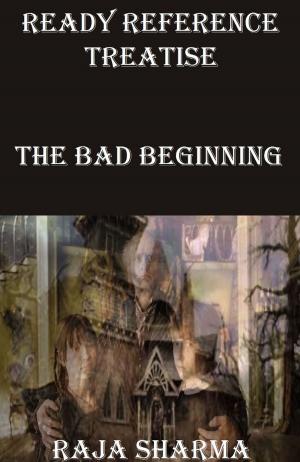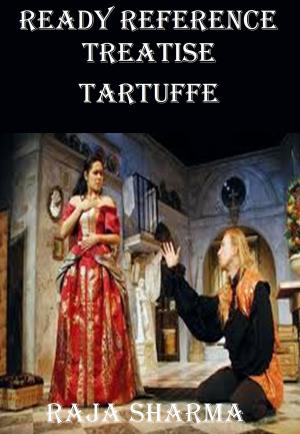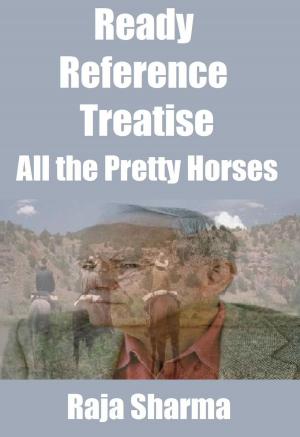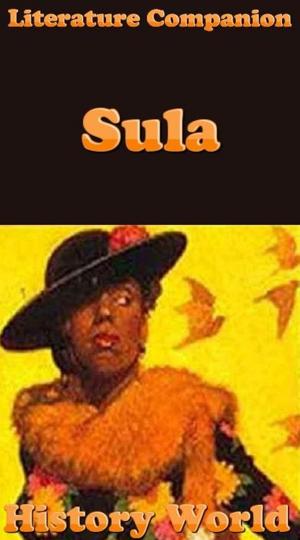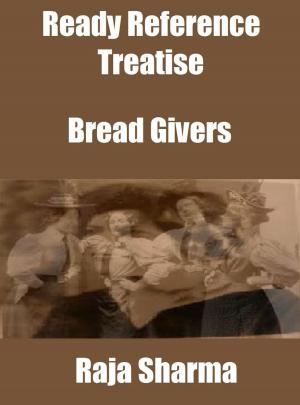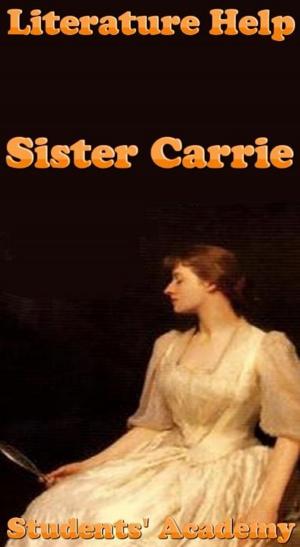Poetry Guide: Robert Frost
Nonfiction, Reference & Language, Study Aids, Fiction & Literature, Anthologies| Author: | Raja Sharma | ISBN: | 9781301856916 |
| Publisher: | Raja Sharma | Publication: | September 29, 2012 |
| Imprint: | Smashwords Edition | Language: | English |
| Author: | Raja Sharma |
| ISBN: | 9781301856916 |
| Publisher: | Raja Sharma |
| Publication: | September 29, 2012 |
| Imprint: | Smashwords Edition |
| Language: | English |
Students often find understanding and interpreting poetry an uphill task, for the allusions and references almost baffle them, however, with repeated and careful reading of the same poem, taking the help of the reference books and guides; they often come close to the interpretation desired by the poet.
With experience they begin to learn the art of understanding and appreciating poetry. They develop tact, and ironically tact can’t be taught. Guide books, notes by the teachers, and summary books, etc. are often helpful, but the differing interpretations can also confuse students. I would like to tell the students of literature that there may be as many interpretations of the same poem as desired by the reviewers and critics, but it is sometimes very surprising that not even one interpretation stands close to the one which the poet had in his or her mind while writing the poem. We depend on the guess work and through the biography of the poet, the period, the ambiance, and some other contemporary factors.
Don’t ever try to find the meanings of the words in a poem, just feel them, and you will realize with the time that you have learned the art of studying poetry. Poetry is all about emotion, interpretation, and feelings. A poet has no identity! Through your interpretation and the interpretations made by others you create your own little world around a poem and debate over certain points.
Reading poetry is a kind of word game. In this series “Poetry Guide” we are presenting the summary of the poems, followed by the original texts, the form of the poems, and critical analysis. This serious has been specially designed for the students of English Literature.
Students often find understanding and interpreting poetry an uphill task, for the allusions and references almost baffle them, however, with repeated and careful reading of the same poem, taking the help of the reference books and guides; they often come close to the interpretation desired by the poet.
With experience they begin to learn the art of understanding and appreciating poetry. They develop tact, and ironically tact can’t be taught. Guide books, notes by the teachers, and summary books, etc. are often helpful, but the differing interpretations can also confuse students. I would like to tell the students of literature that there may be as many interpretations of the same poem as desired by the reviewers and critics, but it is sometimes very surprising that not even one interpretation stands close to the one which the poet had in his or her mind while writing the poem. We depend on the guess work and through the biography of the poet, the period, the ambiance, and some other contemporary factors.
Don’t ever try to find the meanings of the words in a poem, just feel them, and you will realize with the time that you have learned the art of studying poetry. Poetry is all about emotion, interpretation, and feelings. A poet has no identity! Through your interpretation and the interpretations made by others you create your own little world around a poem and debate over certain points.
Reading poetry is a kind of word game. In this series “Poetry Guide” we are presenting the summary of the poems, followed by the original texts, the form of the poems, and critical analysis. This serious has been specially designed for the students of English Literature.
